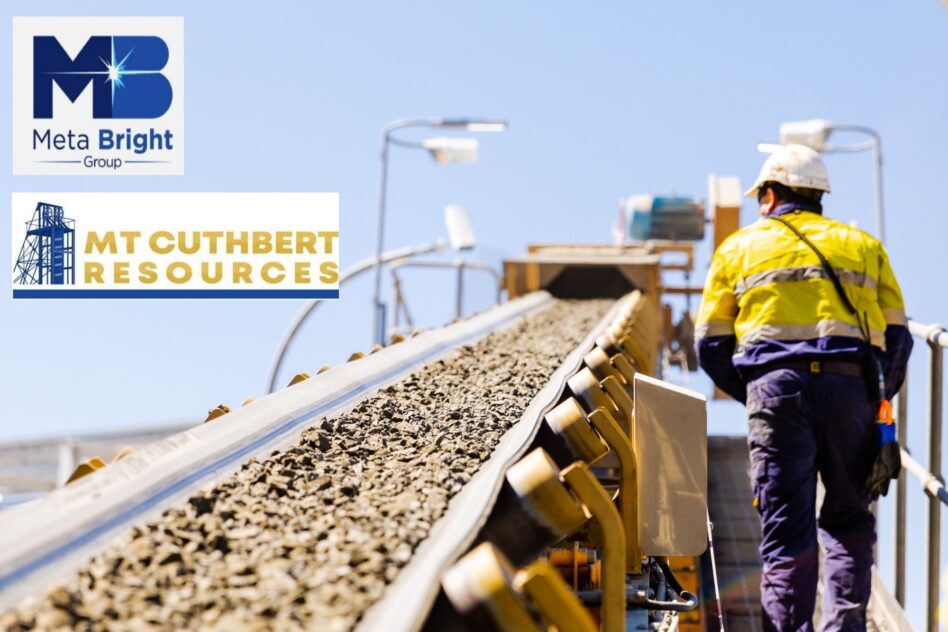By iFAST Research Team
2020 was a dismal year for the Malaysian construction sector with the gross domestic product (GDP) contracting -18.7% year-on-year (yoy) as a result of the country wide lockdown and construction site outbreaks which halted in civil engineering and construction activities.
To add salt to the wounds, economic and fiscal uncertainties resulted in the cancellation of Kuala Lumpur-Singapore High Speed Rail (HSR) as well as delays in other mega projects.
Construction companies who are being paid on progressive billing based on percentage of work completed were ordered to stop work by the government as one of the measures to curb the spread of COVID-19 during the height of the pandemic.
However, fixed costs especially wages were still being incurred. As a result, earnings for the Bursa Construction Index fell by -46.6% in 2020 while the index itself fell as much as -41.4% before slowly recovering to end of the year down -10.8%.
Year-to-date in 2021, construction stocks ticked lower and still hovers below pre-pandemic levels.
Hopefully, most of the negativity has already been priced in and the outlook should turn for the better due to the following factors.
Less stop-work disruptions: So far in 2021, the Government has refrained from full lockdowns of the past so as to not disrupt the economy but instead resorted to targeted lockdowns and more efficient tracing to curb the spread of COVID-19.
It is believed that there would be less stop-work orders that would hamper construction work. As such, construction companies should see rebound in earnings in 2021.
Looking further ahead, mega projects may be reintroduced by the Government in order to pump prime the economy.
To recap on the expansionary Budget 2021 (the biggest ever budget) announced in late 2020, the Government earmarked the construction sector as the top growth sector in 2021 with a 13.9% rebound in terms of GDP.
With the biggest ever development expenditure allocation of RM69 bil for 2021 (38% increase compared to 2020), the Government aims to focus on investments with high multiplier impact and value for money.
The Government also earmarked RM212.5 bil of development expenditure from 2021 to 2023 through the Medium-Term Fiscal Framework 2021-2023 which would equate to more than RM70 bil per year in 2022 and 2023 (see Chart 1).
Chart 1: Malaysian Government’s Gross Development Expenditure

The bulk of the amount has been set aside for accelerating on-going impactful public infrastructure projects, primarily for transport and connectivity such as the ongoing East Coast Rail Link (ECRL), Mass Rapid Transit 2 (MRT 2), Light Rail Transit 3 (LRT 3), West Coast Expressway (WCE) and the Bayan Lepas Light Rail Transit (LRT) as well as Pan Borneo and Coastal Highways in Sarawak.

Additionally, the revival of four notable mega-projects is on the cards (see Table 2) – initially announced under Budget 2020 but pushed to Budget 2021 due delays and tender disruptions caused by the COVID-19 pandemic and the movement control order (MCO).
Recently, the Government has given the go-ahead for two of the mega projects namely MRT 3 and the Penang Transport Master Plan. It is expected that these two mega projects and possibly two others – the Serendah-Port Klang Rail Bypass and Johor Baru-Singapore Rapid Transit System (RTS) – to be a key part of the 12th Malaysia Plan (12MP) which is set to be tabled in Parliament in the coming months.
The Budget 2021 also earmarked funds for smaller infrastructure projects such as airport expansions, hospital upgrades, school refurbishment and affordable housing projects which would benefit smaller construction companies.

Taking a leaf out of BN’s book
This would not be the first time that the Malaysian Government has used infrastructure mega-projects to pump prime the economy.
One such example is such after the Global Financial Crisis in 2008/2009 when the previous Barisan National Government announced the biggest development expenditure at that time of RM49.5 bil in Budget 2010 and then topped that with an even bigger RM54.2 bil in Budget 2011.
This coincided with the launch of the 10th Malaysia Plan where various mega projects – most notably being the RM36 bil MRT project (which was the single largest contract in Malaysia’s history at the time) and the RM3.3 bil Kuala Lumpur International Airport 2 (KLIA2).
These various projects had helped boosted the construction sector for the coming years up to 2014.
On the flip side, the construction sector also suffered from reduced development expenditure. Since the Pakatan Harapan Government came into power in 2018, cost cutting measures were imposed which resulted in the downsizing of MRT 2 realignment of East Coast Rail Link (ECRL) and delay of the KL-Singapore High Speed Rail (HSR) and MRT 3.
All of that did not bode well on the construction sector as the Bursa Construction Index fell -50.2% in 2018.
Earnings visibility
At the current juncture, even without including the potential mega projects, the current order books for construction companies provide high earnings visibility for the next three years. Hence, earnings for the Malaysian construction sector is expected to rebound by 36.3% in 2021, followed by 17.3% and 14.8% in 2022 and 2023 respectively.
The price-to-earnings (PE) ratio of the construction sector is at a very attractive level of 11.1 times based on 2023 earnings as compared to the historical average PE ratio of 14.3 times.
Markets have already priced in political risk, thus resulting in lower valuations as there could be election looming around the corner. As seen after the change in government in 2018 – where confirmed projects can be cancelled or delayed or amended – there could be political risks entailed with investing in the construction sector.
In conclusion, at current valuations, the potential reward should justify the risk should the PE mean revert to the historical average, but there is potential upside for the construction sector with more potential for re-ratings should more details on the new mega projects be announced in the coming months.
As such, investors should consider adding some positions in this sector. – April 9, 2021
iFAST Capital Sdn Bhd provides a comprehensive range of services such as assisting in dealing, investment administration, research support, IT services and backroom functions to financial planners.
The views expressed are solely of the author and do not necessarily reflect those of Focus Malaysia.










